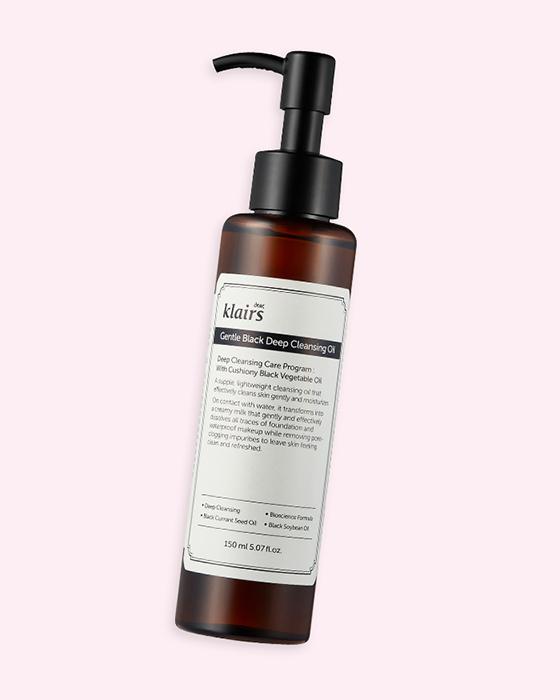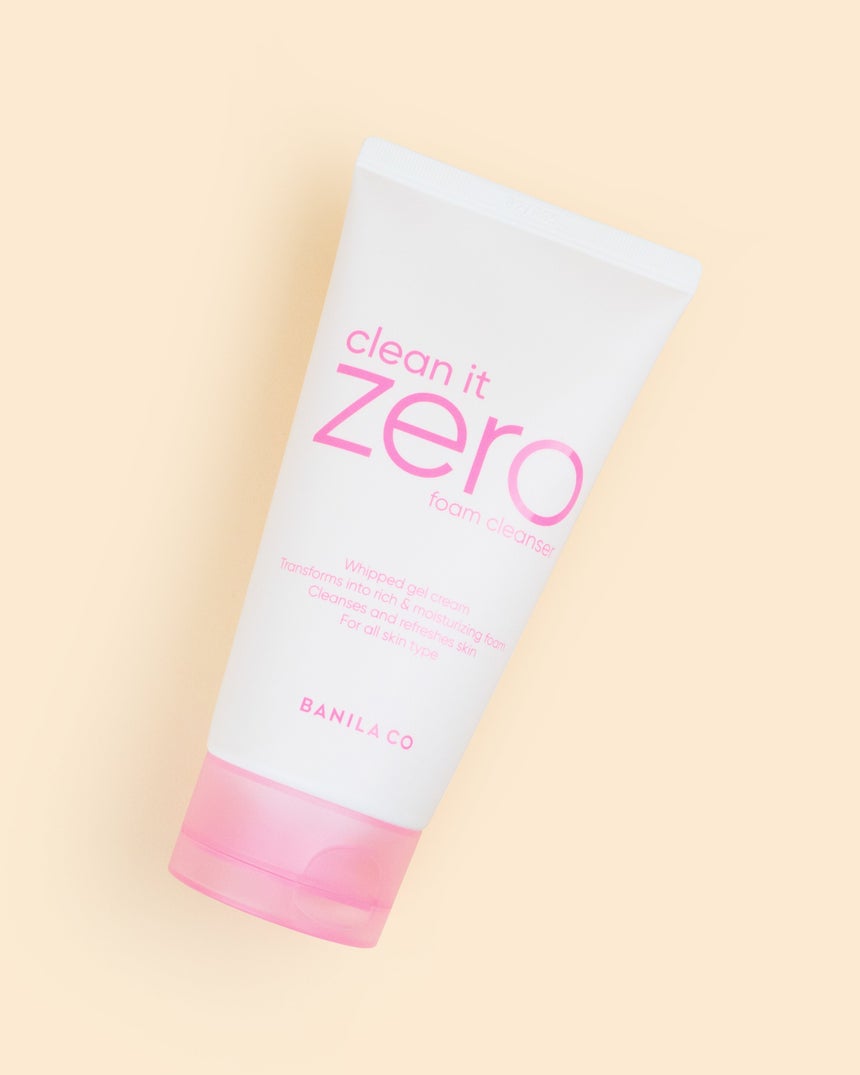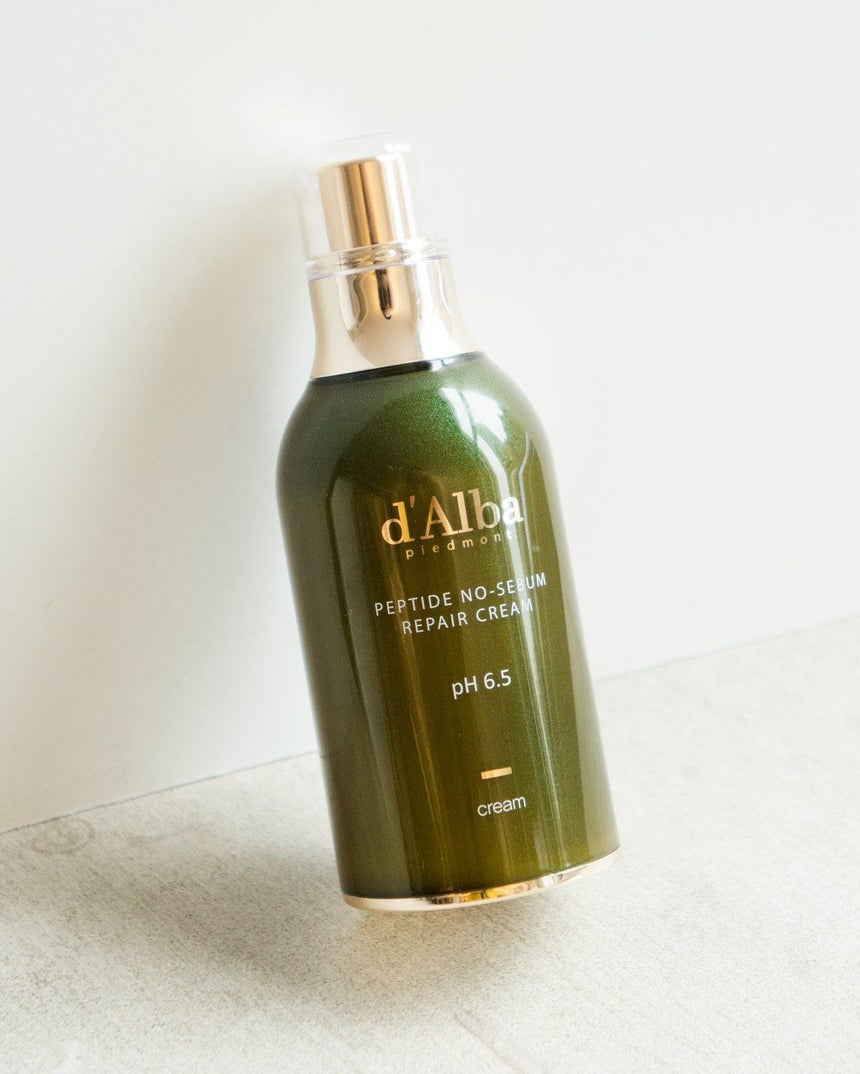Do you know when to throw away your skin care products? Read on to find out.
Surely we all know when a carton of milk is past due, and that if a T-shirt is stained beyond recognition, it’s probably better to use it as a cleaning rag than a style statement. But it can be tricky to know when our beloved skin care products have turned.
Not only do certain products lose their efficacy over time, in the case of some items, like SPF and anti-aging moisturizers, using expired skin care can cause long-term damage.
That’s why it’s important to know the lifespan of what’s in your beauty collection. Read on to learn what to look for in some of K-beauty’s most beloved formulations, so that you’re always using the most potent and efficient products on your face.
What’s a PAO?
A “Period After Opening” symbol usually appears on the back and near the bottom of health and beauty products. It typically looks like a small illustration of a jar and will have a figure inside that contains a number and the letter M, for example, 6M. This means that in lab testing, the brand has determined the product will stay fresh and potent up to six months after opening. It’s good to use these figures as a guideline to remember when to toss your products, but that’s only if you can remember when you purchased/opened them.
Expiration dates
Other products, like sunscreen, will often have an expiration date printed into the bottom or near the cap. This date is the period up until which a product can be guaranteed effective.
If your product doesn’t have an expiration date or a PAO, or you can’t remember when you opened it, there are some important signs you should look for to make sure you’re using the freshest products…
Oil-based cleanser
Oil is an unforgiving environment for bacteria—it’s much more difficult for them to grow and thrive in oily bases. That said, oil cleansers, particularly ones in a balm format or those that require you to open a jar to access the product, can separate after being exposed to oxygen for too long.
Look out for changes in texture and smell, and toss if you notice anything off. Pump-based oil cleansers, like the Klairs Gentle Black Deep Cleansing Oil, are your best bet for retaining freshness, and if they are used as needed on a daily base, should be running out after two to three months.
Water-based cleanser
Bacteria is much happier in a watery environment, so it’s important to use your water-based cleansers quickly after opening—6-8 months maximum, however foaming washes that contain acids like glycolic or salicylic acid (like the Banila Co Clean It Zero Foam Cleanser) have a slightly longer shelf life, since bacteria and acids don’t get along.
Just like its oily counterpart, using your water-based cleanser every day as part of your double-cleansing routine will ensure you’ll be getting the freshest product until the last drop.
Vitamin C
Vitamin C is a powerful antioxidant, and serums infused with this ingredient can help brighten skin tone, smooth fine lines, and help heal scarring. Vitamin C should always be packaged in dark or opaque bottles, and exposure to oxygen should be minimal— always close caps tightly.
A pure and potent vitamin C serum will be clear. The moment you start to notice your serum tinging towards a translucent brown or orange shade, it’s time to toss. This means the ascorbic acid (vitamin C) has oxidized, and no longer holds its antioxidant powers.
Moisturizers
The general rule for moisturizers and eye creams is toss them one year after opening, but things can get a bit trickier with jar packaging. Since more oxygen can get into the product and encourage bacteria growth, it’s recommended to toss these after six months.
Look for moisturizers in hygienic pump packaging, like the D’Alba Piedmont Peptide No-Sebum Repair Cream, and try storing small jars like those that contain eye cream in the fridge. This will slow some of the expiration process, and will work as a refreshing depuffing treatment in the mornings.
SPF
A general rule with SPF is that one bottle should be used per each season of the year. And while SPF is one of the few products we put on our bodies that is regulated to have expiration dates, it’s important to remember that if you still have sunscreen leftover as you get closer to its expiration date, it’s likely a sign you aren’t applying enough! Check out our sun care guide to know just how much SPF you should be using regularly.
Bottom line:
Remember to keep your eyes and nose tuned to any changes to a products texture, color or smell, and if a product that has always worked for you suddenly causes irritation or simply doesn’t boost your skin like it used to, it’s time to say goodbye. When you’re ready to toss your products, empty all of the contents into the trash before wiping out the insides (if possible) with a paper towel, and then recycle the packaging. We care about the environment just as much as we do our skin!





